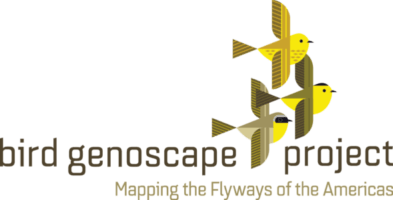Guatemala Bird Genoscape Project Workshop
Problem:
Bird populations across the Western Hemisphere are declining at alarming rates. Over the last half century, we have lost nearly 3 billion birds. Many of these species are migratory and face threats throughout their annual cycle across the Western Hemisphere. Because of this, they face unique challenges that require more directed conservation efforts not just on the breeding grounds in North America, but also at migratory stopover sites and wintering locales in the Caribbean, Mexico and Central and South America.
Solution:
Expand and integrate a network of scientists and organizations working to protect birds across their full annual cycle. To aid in these efforts, we co-hosted a workshop with the Wildlife Conservation Society Mesoamerica & Western Caribbean, Institute for Bird Populations, FUNDAECO, and the University of Belize Environmental Research Institute from January 9-16, 2024 at the Las Guacamayas Biological Station (EBG) Laguna del Tigre National Park, Maya Biosphere Reserve, Petén, Guatemala.
Check out this article written by Claudia Novelo Alpuche, WCS Media Specialist, about the workshop!
Claudia also created a video about the workshop titled: “Bird banding: A technique to learn about bird ecology and understand their migratory routes.” There are two versions: English Subtitles or Spanish Subtitles.

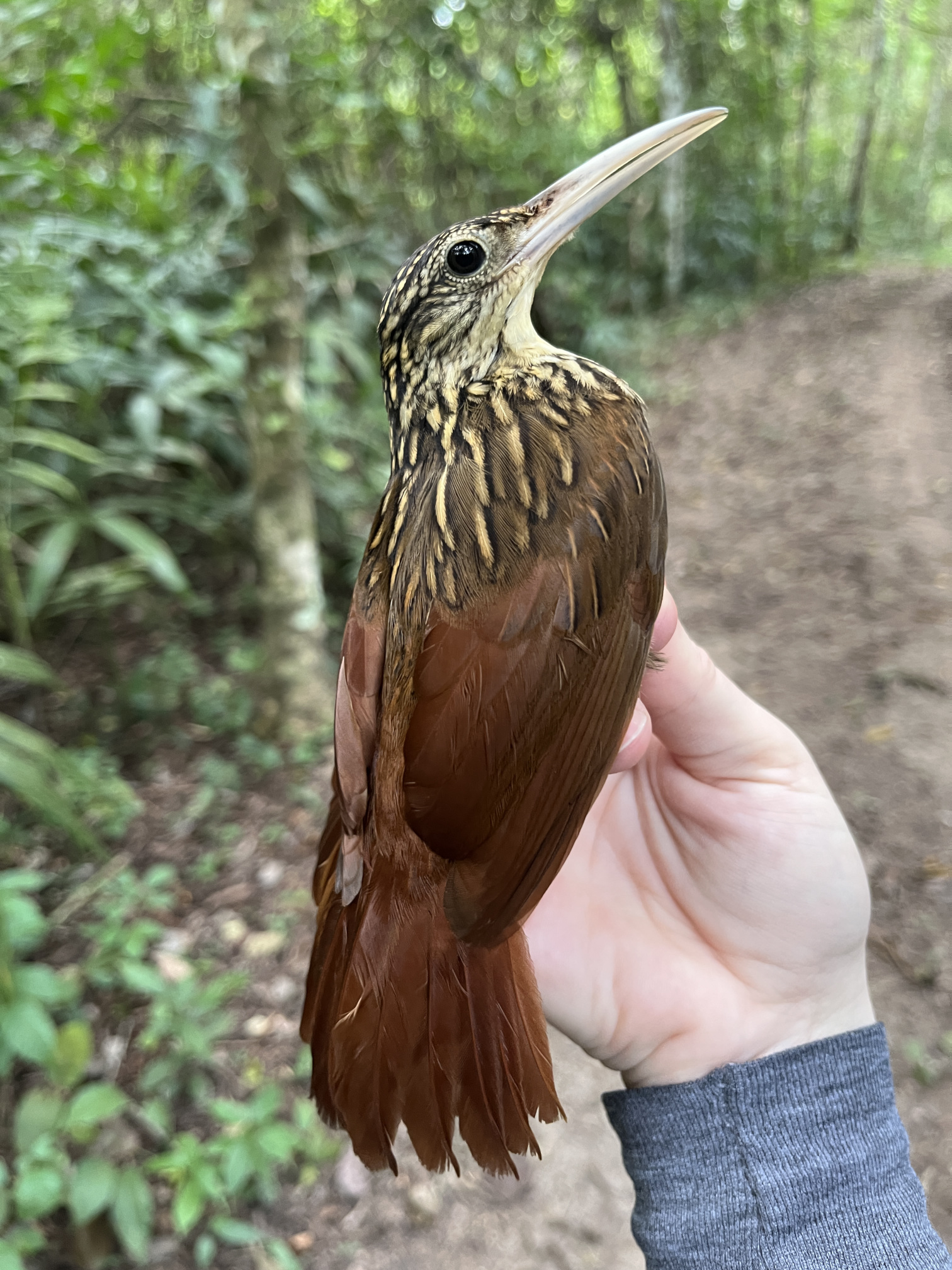
Workshop Goals
1. To establish partnerships with regional banders and discuss their participation with the Bird Genoscape Project in order to further conservation efforts of migratory birds across their full annual cycle.
2. Help experienced bird banders and banding trainers from Mesoamerica achieve formal certification status by NABC-certified Trainers, which can reduce barriers to establishing new stations and purchasing equipment.
3. An introduction to the use of MOTUS tags and how to put them on migratory birds.
Workshop Agenda
Funding
The workshop is funded by the U.S. Department of the Interior’s International Technical Assistance Program (ITAP), the National Science Foundation, and the North American Banding Council (NABC); and sponsored by the Estación Biológica Las Guacamayas.
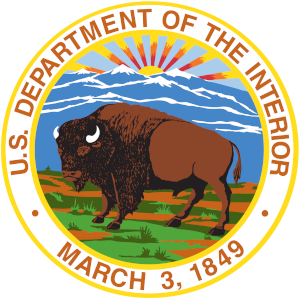
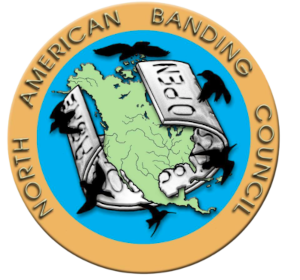
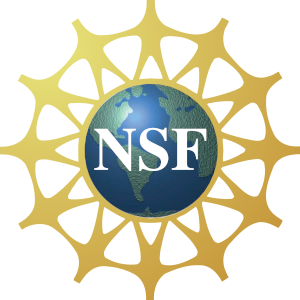
Grant #1942313
